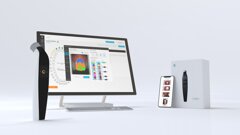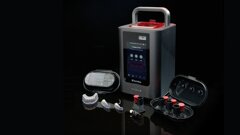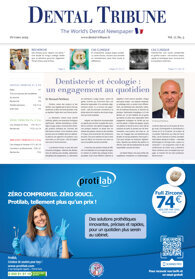


-
 Autriche / Österreich
Autriche / Österreich
-
 Bosnie Herzégovine / Босна и Херцеговина
Bosnie Herzégovine / Босна и Херцеговина
-
 Bulgarie / България
Bulgarie / България
-
 Croatie / Hrvatska
Croatie / Hrvatska
-
 République tchèque et Slovaquie / Česká republika & Slovensko
République tchèque et Slovaquie / Česká republika & Slovensko
-
 France / France
France / France
-
 Allemagne / Deutschland
Allemagne / Deutschland
-
 Grèce / ΕΛΛΑΔΑ
Grèce / ΕΛΛΑΔΑ
-
 Hongrie / Hungary
Hongrie / Hungary
-
 Italie / Italia
Italie / Italia
-
 Pays-Bas / Nederland
Pays-Bas / Nederland
-
 Nordique / Nordic
Nordique / Nordic
-
 Pologne / Polska
Pologne / Polska
-
 Portugal / Portugal
Portugal / Portugal
-
 Roumanie & Moldavie / România & Moldova
Roumanie & Moldavie / România & Moldova
-
 Slovénie / Slovenija
Slovénie / Slovenija
-
 Serbie et Monténégro / Србија и Црна Гора
Serbie et Monténégro / Србија и Црна Гора
-
 Espagne / España
Espagne / España
-
 Suisse / Schweiz
Suisse / Schweiz
-
 Turquie / Türkiye
Turquie / Türkiye
-
 Royaume-Uni et Irlande / UK & Ireland
Royaume-Uni et Irlande / UK & Ireland
 International / International
International / International
 Brésil / Brasil
Brésil / Brasil
 Canada / Canada
Canada / Canada
 Amérique latine / Latinoamérica
Amérique latine / Latinoamérica
 États-Unis / USA
États-Unis / USA
 Chine / 中国
Chine / 中国
 Inde / भारत गणराज्य
Inde / भारत गणराज्य
 Pakistan / Pākistān
Pakistan / Pākistān
 Vietnam / Việt Nam
Vietnam / Việt Nam
 ANASE / ASEAN
ANASE / ASEAN
 Israël / מְדִינַת יִשְׂרָאֵל
Israël / מְדִינַת יִשְׂרָאֵל
 Algérie, Maroc et Tunisie / الجزائر والمغرب وتونس
Algérie, Maroc et Tunisie / الجزائر والمغرب وتونس
 Moyen-Orient / Middle East
Moyen-Orient / Middle East



































